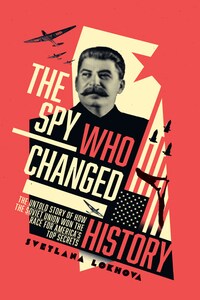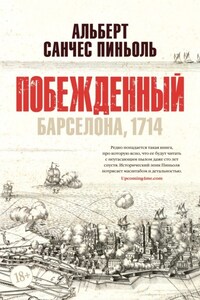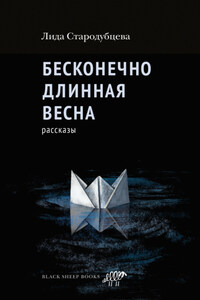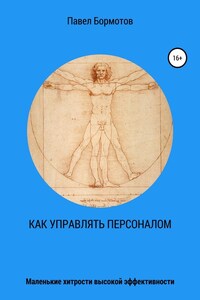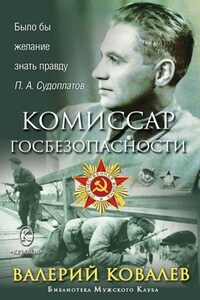William Collins
An imprint of HarperCollinsPublishers
1 London Bridge Street
London SE1 9GF
www.WilliamCollinsBooks.com
This eBook first published in Great Britain by William Collins in 2018
Copyright © Svetlana Lokhova 2018
Cover images © Shutterstock
Stalin photography & planes © Alamy Images
Cover design by Jack Smyth
Svetlana Lokhova asserts the moral right to be identified as the author of this work
A catalogue record for this book is available from the British Library
All rights reserved under International and Pan-American Copyright Conventions. By payment of the required fees, you have been granted the non-exclusive, non-transferable right to access and read the text of this e-book on-screen. No part of this text may be reproduced, transmitted, down-loaded, decompiled, reverse engineered, or stored in or introduced into any information storage and retrieval system, in any form or by any means, whether electronic or mechanical, now known or hereinafter invented, without the express written permission of HarperCollins
Maps by Martin Brown
All photographs are from the author’s private collection or are in the public domain, except for: here, here and here, RGASPI; here, G. I. Kasabova, O vremeni, o Noril’ske, o sebe … [Of the Times, Of Norilsk, Of Myself …], Moscow: PoliMedia, 2001; here, Belorussian State Archive; here, Krasnaya kniga VChK [Red Book of the VChK]; here, courtesy Bennett Family Archive; here, in N. S. Babayev and Yu. S. Ustinov, Kavalery Zolotykh zvozd: Voyenachal’niki. Uchonyye. Konstruktory. Lidery, Moscow: Patriot, 2001; here, mil.ru (CC BY 4.0); here, Sputnik Images. While every effort has been made to trace owners of copyright material reproduced herein, the publishers will be glad to rectify any omissions in future editions.
Source ISBN: 9780008238117
Ebook Edition © June 2018 ISBN: 9780008238124
Version: 2018-07-02
Contents
Cover
Title Page
Copyright
Dedication
Epigraph
Maps
Preface
Introduction
1 ‘Son of the Working People’
2 ‘We Catch Up or They Will Crush Us’
3 ‘What the Country Needs is a Real Big Laugh’
4 ‘Agent 001’
5 ‘A Nice Fellow to Talk To’
6 ‘Is This Really My Motherland?’
7 ‘Questionable from Conception’
8 ‘The Wily Armenian’
9 Whistle Stop Inspections
10 Glory to Stalin’s Falcons
11 Back in the USSR
12 Project ‘AIR’
13 ENORMOZ
14 Mission Accomplished
Post-scriptum
Appendix I: Biography of Stanislav Shumovsky
Appendix II: NKVD and FBI Reports on Stanislav Shumovsky
Footnotes
Notes
Index
Acknowledgements
About the Author
About the Publisher
In 1931, Joseph Stalin announced, ‘We are fifty or a hundred years behind the advanced countries. We must catch up in ten years. Either we do it, or they will crush us’.>1These words began a race to close the yawning technology gap between the Soviet Union and the leading capitalist countries. The prize at stake was nothing less than the survival of the USSR. Believing that fleets of enemy bombers spraying poison gas would soon appear in the undefended skies over Russia’s cities, and amid predictions that millions would die from inhaling the deadly toxins, Stalin sent two intelligence officers – an aviation expert and a chemical weapons specialist – on a mission to the Massachusetts Institute of Technology. He ordered them to gather the secrets of this centre of aeronautics and chemical weapon research and bring them back to the Soviet Union, along with the means to defend his population against the new terror weapons of modern warfare.
The results of this mission would change the tide of history and lead the KGB to acknowledge that after this first operation ‘the West was a constant and irreplaceable source of acquiring new technologies’ for the USSR.>2 After 1931, the Soviets would use scientific and technological intelligence, particularly in the field of aviation, to protect itself against its enemies, culminating in the defeat of Nazi Germany and, thanks to later espionage, helping tilt the global balance of power into an uneasy equilibrium. While both sides possessed weapons of equally massive destructive power, the Cold War did not become a hot war.
Ironically, America was the source of both sides’ nuclear armouries. US agencies later termed the haemorrhage of sophisticated technology to the USSR as ‘piracy’ and tried unsuccessfully to staunch the flow of secrets. In the Soviet Union, the savings resulting from this technical espionage would eventually total hundreds of millions of dollars and be included in official state defence and economic planning.
The experts in the 1930s were half right in their predictions about the future of warfare. By 1945 a nation’s power was determined by the strength of its strategic bombing capability. But the invulnerable high-altitude aircraft were not armed with poison gas. They carried a weapon of far greater destructive power: the atomic bomb. Undreamed of in 1931, this terrifying new device would prove devastatingly more potent a killer than poison gas. In 1945 a single bomb dropped from one plane killed over a hundred thousand people, and one country held a monopoly on this power: the United States.
